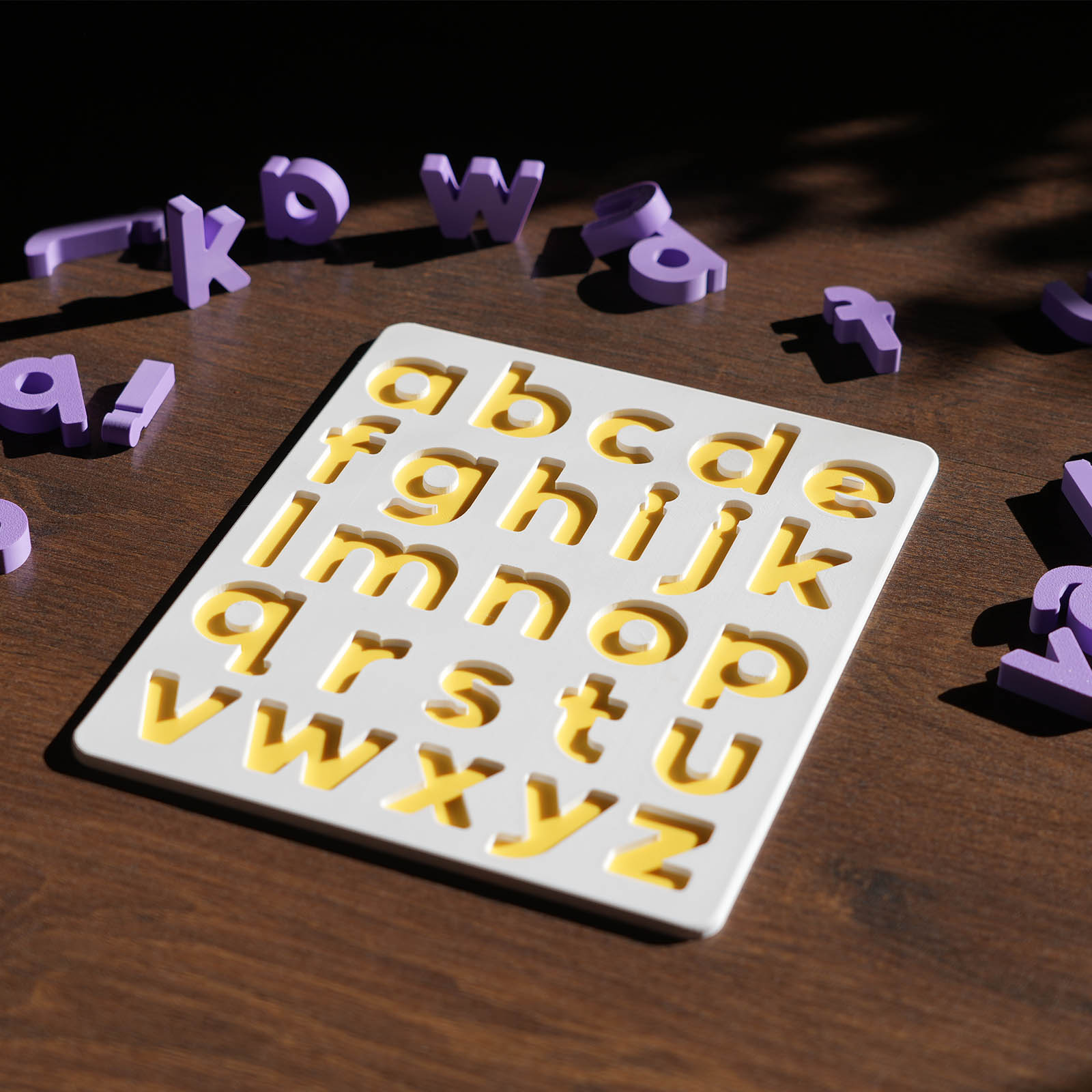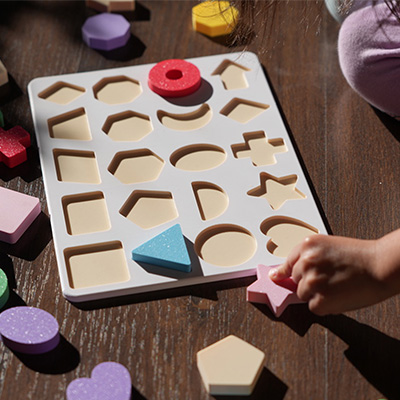🔢 Building Math Confidence Starts With Hands-On Play
When it comes to introducing early math concepts to children aged 3 to 6, two types of toys often come to mind:
number puzzles and counting toys.
Both have their strengths — and both play an important role in helping children:
- Understand numbers as symbols
- Connect quantity to meaning
- Develop logic and sequencing skills
- Build confidence with early maths
So which is “better”? The answer isn’t either-or — it’s about how these tools complement each other, and which features might suit your child’s learning style best.
Let’s break down the differences.
🧩 What Are Number Puzzles?
Number puzzles are typically flat board-based toys with:
- Individual pieces for each numeral (usually 0–9 or 1–10)
- Outlined slots that guide placement
- Visual cues like quantity dots or object groupings beneath each number
These puzzles are designed to help children see and feel the distinct shapes of numbers — and match those shapes to quantities or concepts.
✅ Benefits of Number Puzzles:
- Builds symbol recognition (essential for reading numbers later)
- Supports one-to-one correspondence with matching dots or shapes
- Encourages independent problem-solving with self-correcting formats
- Improves fine motor skills and visual discrimination
🧮 What Are Counting Toys?
Counting toys come in many forms — blocks, beads, rings, or rods — designed for manipulating physical objectswhile counting aloud or sorting.
They often include:
- Loose parts or tokens
- Counting boards with grooves or pegs
- Numbered trays or ten-frames
These toys offer tactile, open-ended play that helps children physically experience amounts and sequences.
✅ Benefits of Counting Toys:
- Reinforces quantity through physical handling
- Allows for experimentation with addition and subtraction
- Encourages grouping, sorting, and early pattern recognition
- Ideal for visual and kinesthetic learners
🔍 Key Differences at a Glance
| Feature | Number Puzzles | Counting Toys |
|---|---|---|
| Focus | Symbol recognition + quantity matching | Tactile exploration of quantity |
| Format | Structured and self-contained | Open-ended, often multi-use |
| Learning Style | Visual and fine motor | Kinesthetic and hands-on |
| Ideal For | Recognising numerals, matching values | Exploring amounts, comparing sets |
💬 Which One Is Better?
Truthfully, they work best together.
Children learn through repetition, variety, and meaningful context. A number puzzle might introduce the shape of the number “5,” while a counting toy helps them feel what five actually looks like in the real world.
By switching between both:
- The brain builds connections between symbols and meaning
- Confidence grows through both recognition and application
- Play becomes richer and more dynamic
If you’re setting up a home learning shelf, consider offering:
- A number puzzle with built-in visual cues (like dots or shapes)
- A simple set of counters, blocks, or loose parts for open-ended counting
🌱 Frankie & Leo’s Approach to Early Math
At Frankie & Leo, our toys are thoughtfully designed for children aged 3–6 — with simplicity, clarity, and open-ended play in mind.
Our Number Puzzle features:
- Numerals 1–10, with large, clear shapes
- Matching dots beneath each piece for one-to-one correspondence
- Montessori-inspired colours and design to encourage focus
- A format that promotes independence and confidence
This puzzle pairs beautifully with:
- Loose part play
- Daily counting activities (snack time, nature walks)
- DIY games like “How many steps to the kitchen?”
👉 Explore the Number Puzzle Now
📸 See It In Action
Curious how families integrate number puzzles and counting activities at home?
Follow us on Instagram for real-world ideas, shelf setups, and play prompts:
👉 @frankiexleo on Instagram
🧠 Bonus Tip: Create a Math-Ready Environment
Whether using a number puzzle or counting toy, you can support learning by:
- Keeping the setup simple and accessible
- Using natural light and a calm environment
- Rotating maths materials weekly to spark fresh interest
- Asking open-ended questions like “How many more do you need?” or “What comes after that?”
The goal is not to “teach math” — it’s to nurture curiosity, build number sense, and support joyful discovery.
💬 Final Thought
There’s no need to choose between number puzzles and counting toys — both offer meaningful learning opportunities. When used together, they give your child the tools to:
- Explore numbers with their hands
- Connect quantities to symbols
- Build confidence through structured and unstructured play
Whether you’re introducing numerals, practising one-to-one counting, or simply playing with intention, every moment adds up.
📚 References:
- Clements, D. H., & Sarama, J. (2009). Learning and Teaching Early Math: The Learning Trajectories Approach.
- National Association for the Education of Young Children (NAEYC). (2020). Early Math Matters: Preparing Preschoolers to Understand Math Concepts.


